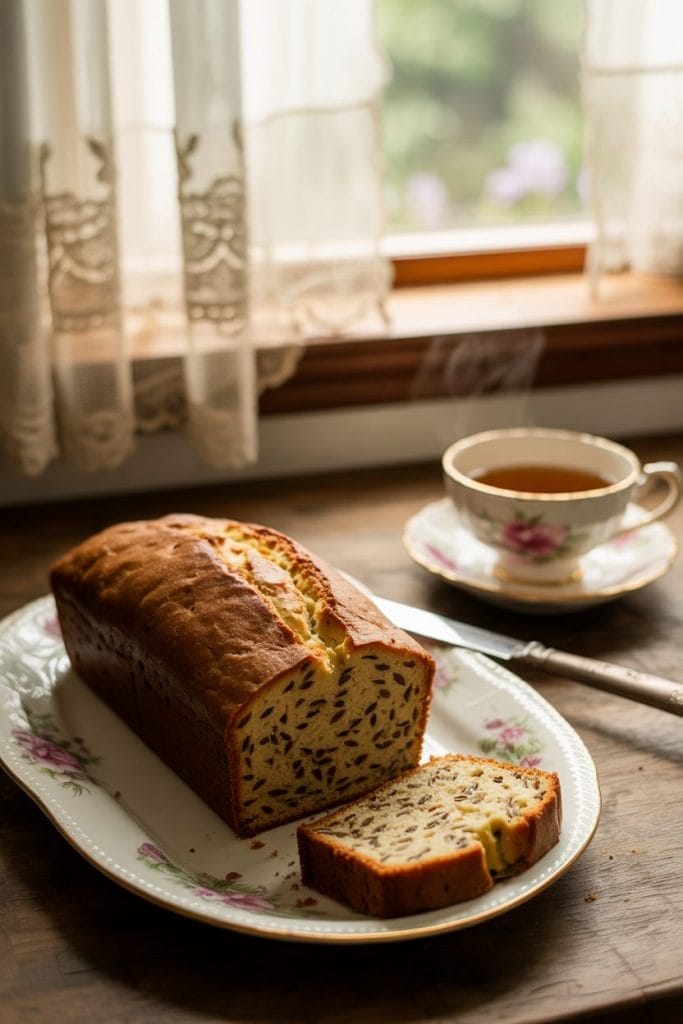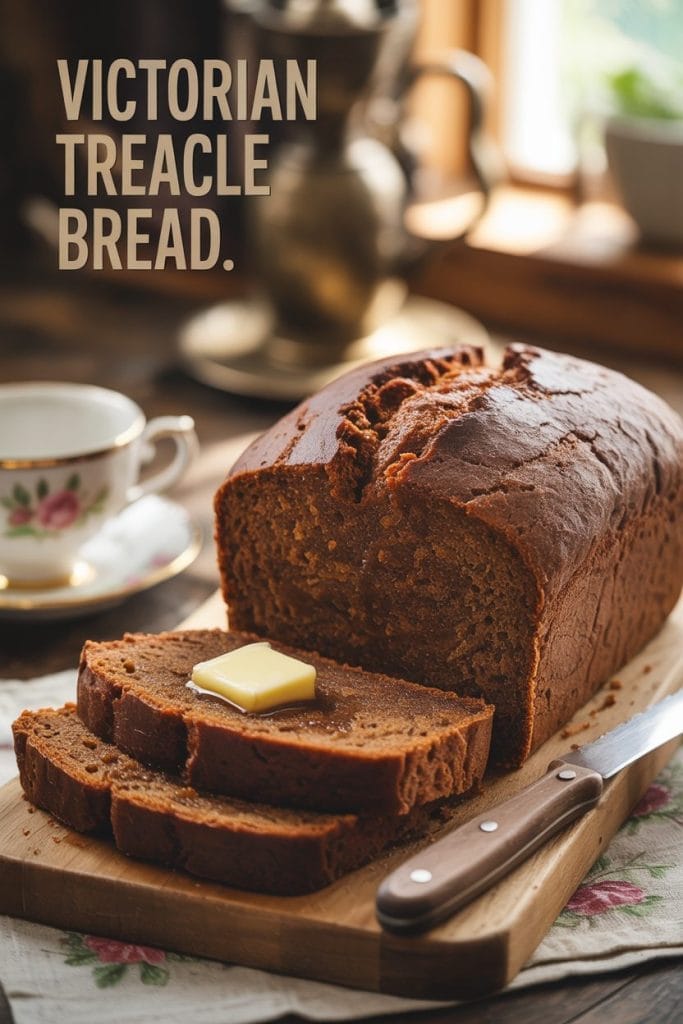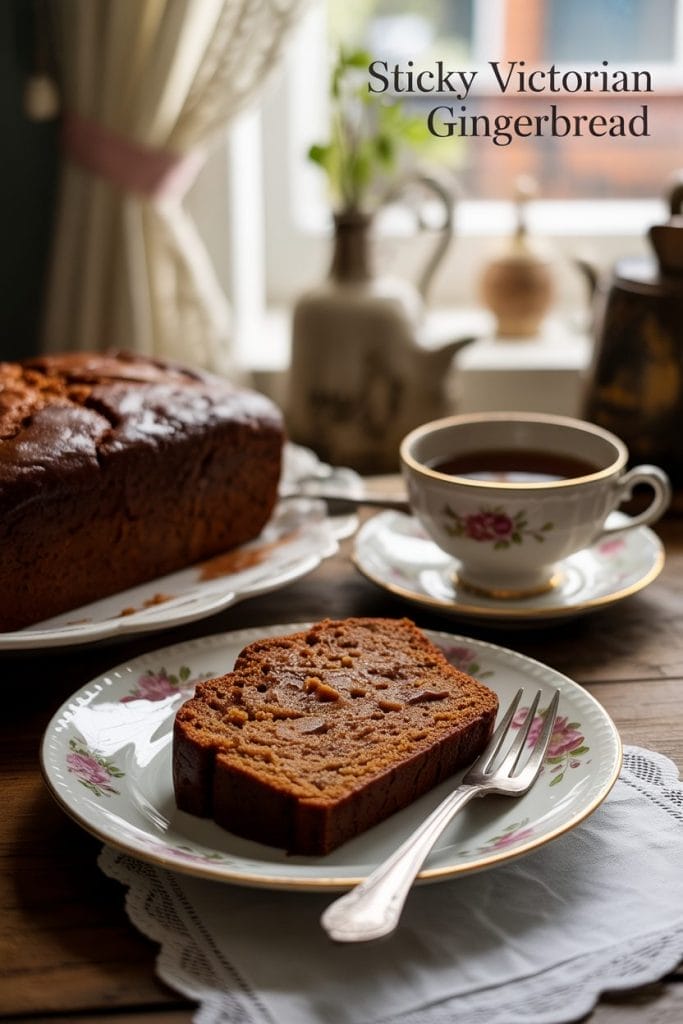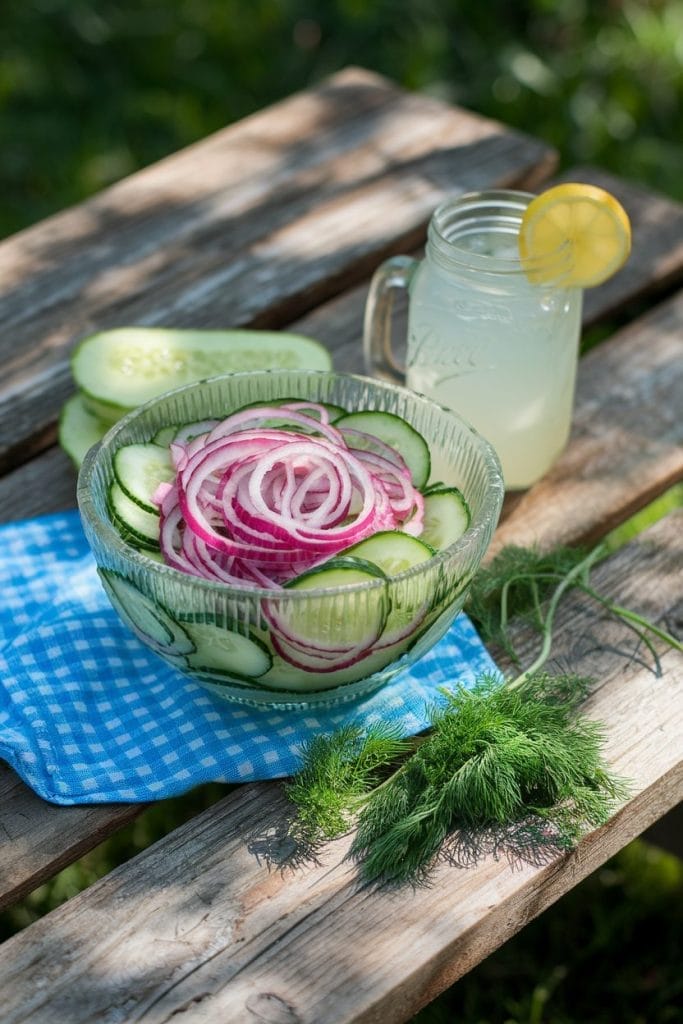I Made These FREE Vintage Recipe Tools JUST For You
This recipe was created with help from AI tools and carefully reviewed by a human. For more on how we use AI on this site, check out our Editorial Policy. Classic Fork earns a small commission from Amazon and other affiliate links at no extra cost to you, helping us keep our content free and honest.
5 Forgotten Victorian Bread Recipes That Deserve a Comeback
Time Period:
Meal Type:
Imagine baking bread the way it was done over a century ago—no fancy mixers, no shortcuts, just rich, rustic flavor passed down through generations.
These five Victorian recipes aren’t just delicious—they’re edible pieces of history begging to be revived.

What Would You Cook in Wartime?
Step back in time and discover what you could make with limited wartime rations
1. Victorian Gingerbread
Gingerbread wasn’t just a holiday treat in the Victorian era—it was a year-round comfort bread, dense with molasses and spice. While gingerbread existed long before Queen Victoria’s time, the Victorians made it darker, stickier, and stronger in flavor.
They loved rich, warming spices, especially ginger, cloves, and cinnamon, which were becoming more affordable thanks to trade.
It was often baked in loaves or thick slabs and sold at fairs or local bakeries. In industrial cities like Manchester and Birmingham, factory workers bought slices as quick fuel for the day.
It was also a common item in charity cookbooks and women’s church groups, sold at fundraisers and tea events.

2. Sally Lunn Bun
The Sally Lunn Bun is one of the oldest surviving recipes in British baking history, dating back to the late 1600s, but it saw a huge revival during the Victorian period. It’s more of a rich brioche-like bread than a simple bun.
Named after a Huguenot baker in Bath, England, this tall, airy bread became a tea-time classic.
Victorians, obsessed with romantic nostalgia, brought it back as a nod to “simpler times.” It was served toasted and buttered, often with jam or lemon curd.
Bath tearooms turned it into a tourist specialty. Queen Victoria’s household even featured it in afternoon teas.

3. Treacle Bread
Treacle bread was a poor man’s cake and a working-class favorite. Unlike gingerbread, it wasn’t spiced. It was made with black treacle (a thick syrup like molasses), flour, and soda.
This bread had a dark, almost bitter-sweet flavor and was moist inside. It didn’t need yeast, so it was quick to make.
This bread was baked mostly in Ireland and Northern England. Victorian housewives used it when times were tight, and sweet ingredients were scarce.
It filled bellies fast and stayed fresh for days. People ate it plain, with butter, or dipped in hot tea for softening.

4. Milk Bread
Milk bread was the softest, fluffiest option on the Victorian table. Made with warm milk and sometimes butter, it became a middle-class favorite, seen as a step up from coarse peasant bread. It was eaten by children, ladies at tea, and anyone with delicate digestion.
It was very popular in Victorian England, especially in urban areas like London and Bristol. Bakeries advertised it as wholesome and gentle.
Some cookbooks called it “Invalid Bread” because it was easy on the stomach and often given to sick people or new mothers.

5. Seed Cake Loaf
Seed cake wasn’t always considered a cake. In loaf form, it was more like a bread with caraway seeds, giving it a lightly sweet, earthy flavor.
This was a true staple of Victorian households and had strong roots in the countryside.
Farmers and rural families baked it for special occasions or Sunday tea. It was seen as “plain but proper,” something you’d serve to the vicar or bring to a community picnic.
Caraway was believed to help digestion, so it was popular after heavy meals too.

Maggie Hartwell
Hi there, I’m Maggie Hartwell, but you can call me Maggie—the apron-clad foodie behind Classic Fork! I created Classic Fork because I’m convinced food has a way of telling stories that words can’t. So, grab a fork and dig in. The past never tasted so good!






